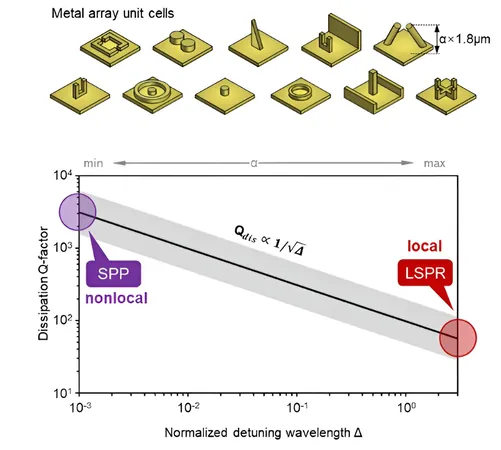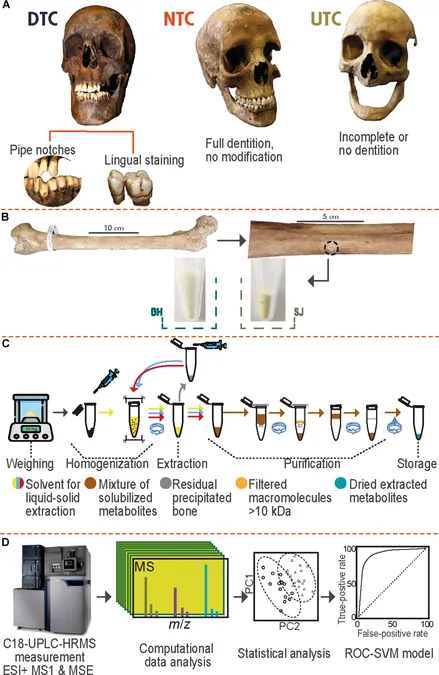
Groundbreaking Discovery Reduces Energy Loss in Metal Nanostructures, Revolutionizing Nanoscale Optical Devices!
2024-10-08
Author: Rajesh
Researchers at City University of Hong Kong (CityUHK) have made a monumental discovery that promises to transform the field of nanophotonics by substantially reducing energy loss in metal nanostructures. By meticulously altering the geometrical dimensions of these nanostructures, the team has unlocked new capabilities, setting the stage for the creation of more powerful and efficient nanoscale optical devices.
This pioneering research is co-led by two prominent figures in the field: Professor Tsai Din-ping, Chair Professor in the Department of Electrical Engineering at CityUHK, and Professor Yuri Kivshar from the Australian National University. Professor Kivshar, who contributed as a visiting research fellow at the Hong Kong Institute for Advanced Study in 2023, has been instrumental in this groundbreaking study.
Dr. Liang Yao, the first author of the research article titled "From Local to Nonlocal High-Q Plasmonic Metasurfaces," published in the esteemed journal *Physical Review Letters*, expressed the significance of this breakthrough: “Our findings address the critical issue of energy loss, paving the way for high-performance nanoscale optical devices that could redefine technological applications.”
Central to this research is the introduction of a universal principle known as the inverse square root law, which reveals that adjusting the dimensions of plasmonic nanostructures can lead to dramatic reductions in energy loss. This insight bridges the longstanding gap between localized surface plasmon resonances (LSPRs) and surface plasmon polaritons (SPPs), achieving an impressive two-order-of-magnitude enhancement in resonance quality within metal arrays. Such advancements herald new possibilities for stronger light-matter interactions at the nanoscale, essential for the development of advanced photonic devices that could integrate seamlessly into everything from telecommunications to medical imaging technologies.
The transition from high-loss LSPR to low-loss SPP posed significant challenges; however, the research team's innovative approach represents a decisive departure from traditional methodologies. As these metal nanostructures become more adept at managing energy loss, they open the door to new applications in areas such as sensing, information processing, and even renewable energy technologies.
This breakthrough not only promises to enhance existing technologies but also invites exploration into previously unimagined applications. With further studies and refinements, we could soon witness the emergence of an entirely new generation of optical devices that push the boundaries of what is currently possible in nanoengineering and photonics. Stay tuned, as this discovery unfolds—who knows what revolutionary advancements lie just around the corner!




 Brasil (PT)
Brasil (PT)
 Canada (EN)
Canada (EN)
 Chile (ES)
Chile (ES)
 España (ES)
España (ES)
 France (FR)
France (FR)
 Hong Kong (EN)
Hong Kong (EN)
 Italia (IT)
Italia (IT)
 日本 (JA)
日本 (JA)
 Magyarország (HU)
Magyarország (HU)
 Norge (NO)
Norge (NO)
 Polska (PL)
Polska (PL)
 Schweiz (DE)
Schweiz (DE)
 Singapore (EN)
Singapore (EN)
 Sverige (SV)
Sverige (SV)
 Suomi (FI)
Suomi (FI)
 Türkiye (TR)
Türkiye (TR)